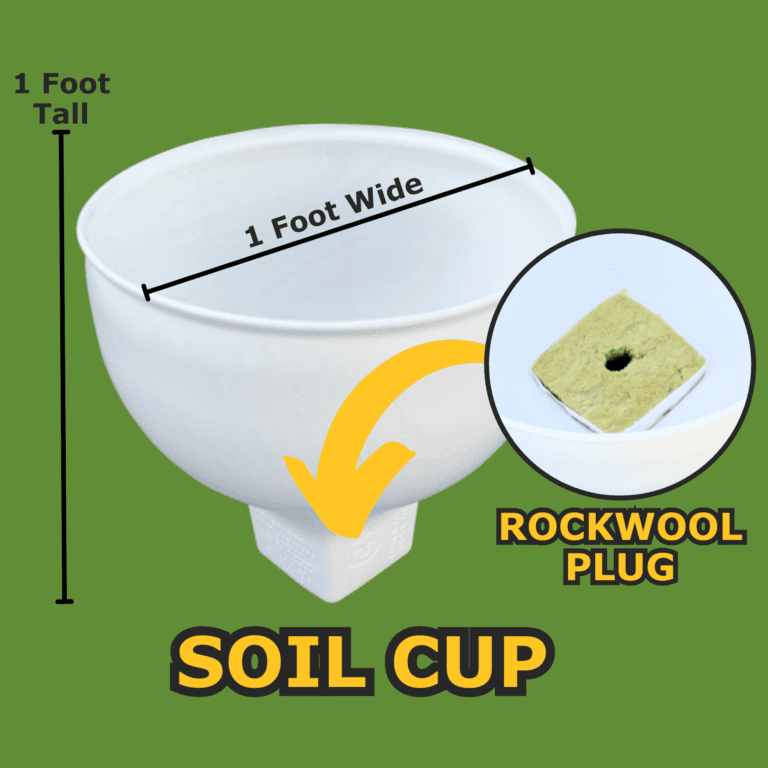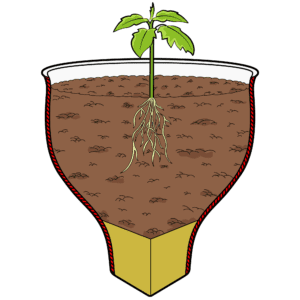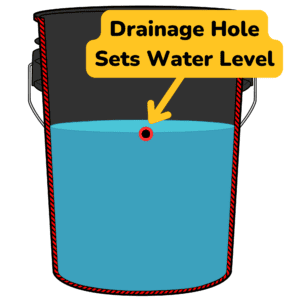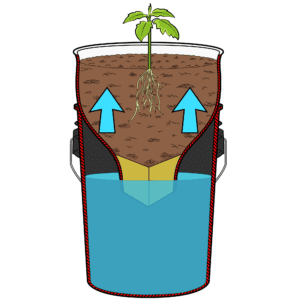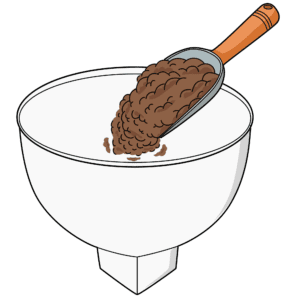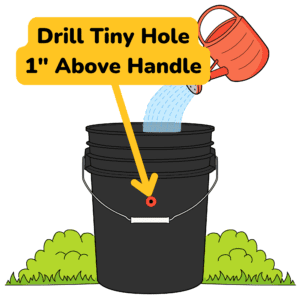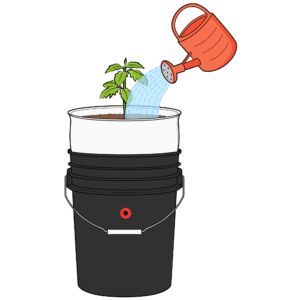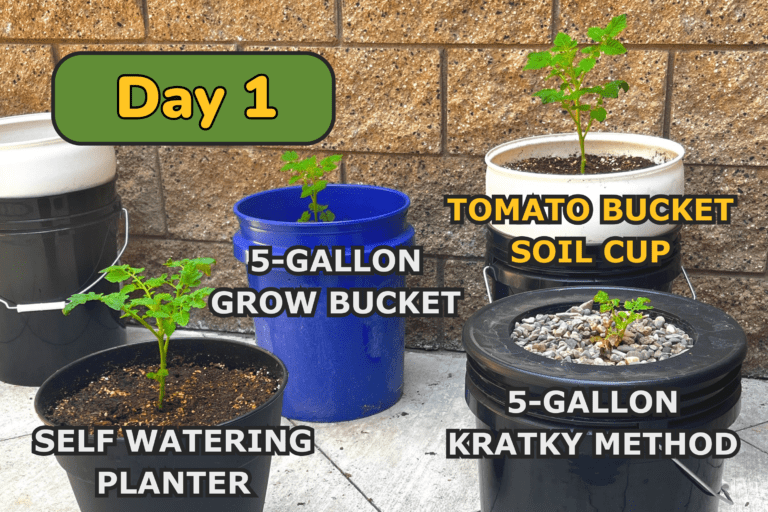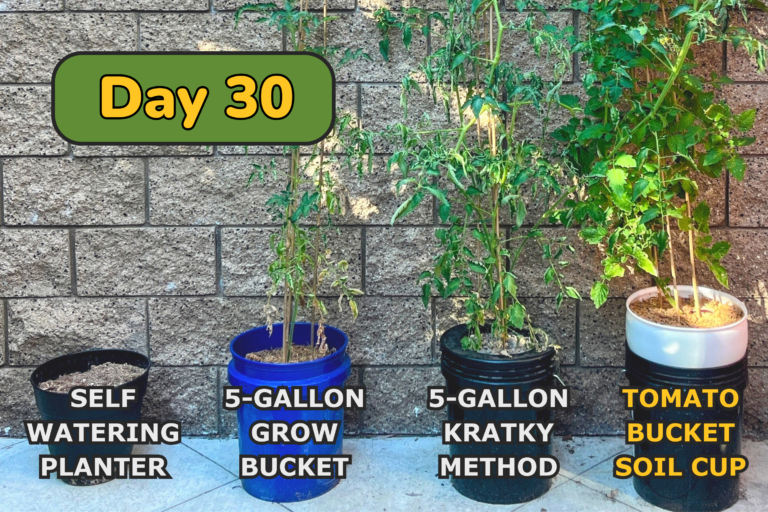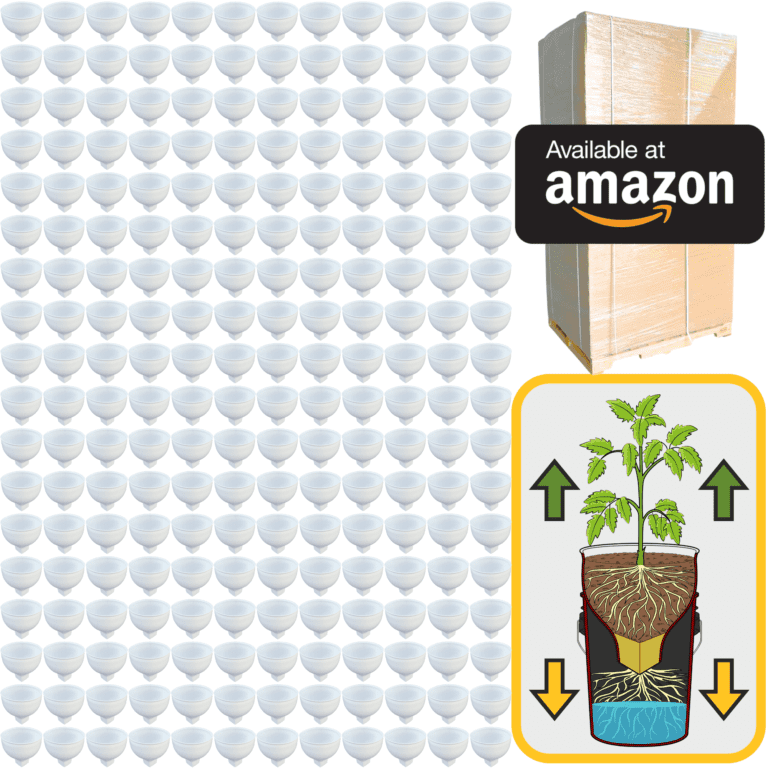When cultivating cannabis, understanding the legal landscape and prioritizing safety is essential. While growing cannabis is a personal journey and often deeply rewarding, it’s also one that needs to be approached with a clear sense of responsibility. Laws around cannabis vary widely, not just from country to country but often from state to state or even county to county. These regulations are there not only to define who can grow and in what quantities, but also to ensure that cultivation is done responsibly and with consideration for public safety. The first step in cultivating cannabis legally is understanding the specific laws in your area. This may mean looking into local statutes, researching state guidelines, or even consulting with legal professionals to fully understand what’s permitted. Staying informed protects you and allows you to enjoy your cultivation journey without the worry of unintentional legal missteps.
Most places that allow cannabis cultivation set limits on the number of plants you can grow, often differentiating between mature and immature plants. These regulations are typically put in place to control the amount produced per household or individual and prevent the possibility of unauthorized distribution. Growing within these limits isn’t just a matter of legality; it’s about respecting the boundaries set by the community, ensuring that home cultivation doesn’t impact others or raise concerns. Knowing your limits and adhering to them is a simple but crucial part of legal compliance. Many growers find that within these boundaries, they can still produce a satisfying amount for personal use, and when grown with care, even a small number of plants can yield a high-quality harvest.
Along with plant limits, security is another important factor to consider. Whether growing indoors or outdoors, it’s essential to take steps to keep your plants safe and, if possible, out of public view. For indoor growers, this might mean setting up a dedicated grow room with locks and limiting access. For outdoor growers, it’s often recommended to install fencing or keep plants in a greenhouse to provide an added layer of protection and privacy. These measures are as much about maintaining the security of your own garden as they are about being mindful of neighbors and respecting the privacy of the community. In many places, part of legal compliance involves ensuring that plants aren’t visible from public spaces, so these steps not only protect your investment but also keep your garden in line with local guidelines.
Safety protocols are also critical to responsible cultivation, especially in indoor setups where the risk of electrical issues, moisture buildup, and ventilation problems can arise. When setting up an indoor grow room, it’s important to ensure that all electrical systems are properly grounded and that you’re not overloading circuits. LED lights, for example, use less power than traditional grow lights and produce less heat, making them a safer choice for indoor environments. Ventilation is another crucial element, as proper airflow prevents mold, mildew, and other issues that can compromise the health of your plants and the safety of your grow space. Exhaust fans, intake fans, and filters help maintain a balanced atmosphere and are especially important in enclosed spaces.
Humidity control is essential for plant health and your safety. Cannabis plants need specific humidity levels, especially during flowering, but high humidity in closed spaces can lead to mold growth, which can affect not only your plants but also the air quality in the space. Regular monitoring of humidity levels with a hygrometer can help you keep conditions in check, and using a dehumidifier can make a world of difference in maintaining a safe, comfortable environment for both you and your plants.
Another aspect of safe cannabis cultivation is chemical use. While fertilizers, pesticides, and other amendments can boost plant health, it’s crucial to be mindful of what you’re using and how it’s applied. Many synthetic chemicals, if used improperly, can leave residues on the plant that may affect quality or pose health risks. Opting for organic nutrients and natural pest control methods, like introducing beneficial insects, can often provide the same benefits without the risks associated with chemicals. When using any type of amendment, always follow instructions carefully, and remember that less is often more. Excessive use of chemicals can lead to nutrient lockout in plants, soil imbalance, and, in some cases, contamination.
In legal cultivation, record-keeping can also be a helpful tool. Documenting your grow cycles, plant count, and any treatments used can provide a record of compliance if needed and help you track your own best practices over time. Many growers find that keeping a simple grow journal, noting when plants were watered, fed, or treated, provides a useful record that allows them to refine their techniques and optimize their setup with each grow. This habit not only aids in your cultivation success but also helps ensure that you’re adhering to legal requirements.
The disposal of plant material is another aspect of cultivation that often gets overlooked but is essential for compliance and cleanliness. After harvest, stems, leaves, and other plant waste need to be discarded responsibly. Some areas have specific regulations for disposing of cannabis waste, and it’s worth knowing these guidelines to ensure you’re following them. Composting is an eco-friendly option that also returns nutrients to the soil, but if that’s not feasible, securely disposing of plant waste in accordance with local rules keeps your grow operation neat and compliant.
Growing cannabis responsibly also means considering those around you. Odor can be a major concern, especially in residential areas. During the flowering stage, cannabis plants can produce strong, unmistakable scents that may drift beyond your grow space. Carbon filters or odor-neutralizing gels are effective ways to manage odor in indoor grows, ensuring that you’re not unintentionally disturbing neighbors. For outdoor grows, choosing low-odor strains or planting near aromatic companion plants can help mask the scent. Maintaining a respectful relationship with those around you helps build positive attitudes toward cannabis cultivation in the community.
As cannabis laws continue to evolve, staying informed is one of the most valuable tools you have. Following local regulations, using safe practices, and approaching cultivation with a sense of responsibility helps ensure that you’re growing in a way that’s safe, legal, and respectful of your surroundings. The journey of cultivation can be transformative and incredibly fulfilling, and when done responsibly, it allows you to experience the benefits of cannabis without any of the worries that come with cutting corners.
Legal compliance and safety aren’t just boxes to check off—they’re part of what makes cultivation such a grounded and fulfilling practice. When you grow with mindfulness, following guidelines, respecting boundaries, and prioritizing safety, you’re not just protecting yourself; you’re setting an example for others. Cultivating cannabis can change lives and strengthen communities, and by growing responsibly, you’re contributing to a future where cannabis is appreciated, respected, and fully embraced for all the good it can bring.

